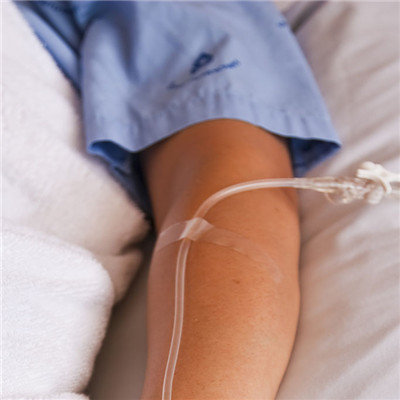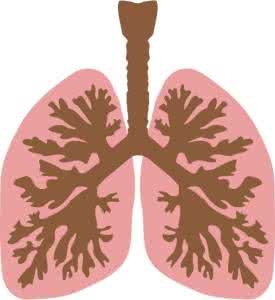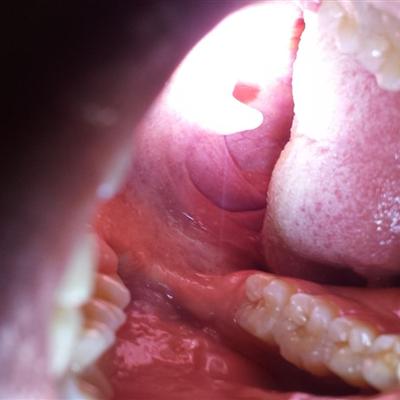Symptoms of erysipelas recurrence
summary
For erysipelas patients, through a period of treatment can basically recover, but after a period of time may also relapse, and there will be a lot of symptoms before the recurrence, if you do not know these symptoms, you can not carry out symptomatic treatment before the recurrence, and after the recurrence may be aggravated. Now I'll talk about the symptoms of erysipelas relapse?
Symptoms of erysipelas recurrence
Erysipelas (erysipelas) is a kind of infection involving the superficial lymphatic vessels of dermis. The main pathogen is group A β Hemolytic streptococcus. The predisposing factors were surgical wound or fissure between nostril, external auditory canal, earlobe, anus, penis and toe. Any inflammation of the skin, especially those with chaps or ulcers, provides a way for pathogens to invade. Mild abrasions or scratches, injuries outside the head, unclean umbilical cord ligation, vaccination and chronic leg ulcers may cause the disease. Pathogenic bacteria can be latent in lymphatic vessels, causing recurrence.

Before recurrence, there are often active tinea pedis, nasal and oral infection foci and skin trauma history. Before skin lesions appear, there are often chills, fever, headache, nausea, vomiting and other systemic symptoms. Sometimes infants may have convulsions, and the incubation period is generally 2-5 days.

At the beginning, the rash was red, swollen and hard patches, then quickly spread to the surrounding areas and became large scarlet macular lesions. The surface was tense, hot, shiny, slightly high, and the boundary was clear. Later, the lesions extended outward, the Central Red faded to brown yellow, with slight desquamation and obvious tenderness. Blisters or bullous lesions containing serous or purulent secretions are called blisters or bullous erysipelas. When the symptoms are very serious, gangrene can quickly occur in the affected part and become erysipelas gangrenosum. This situation is more common in newborns, mostly from the umbilical or genital department, after rapid expansion, the condition is dangerous, easy to cause sepsis and peritonitis and even death.

matters needing attention
Pay attention to personal hygiene during the illness, don't touch some kittens and dogs, avoid tinea cruris and tinea pedis, and don't often dig nostrils with hands. But do not often scratch the wound, the wound should not be in a relatively humid environment for a long time.














